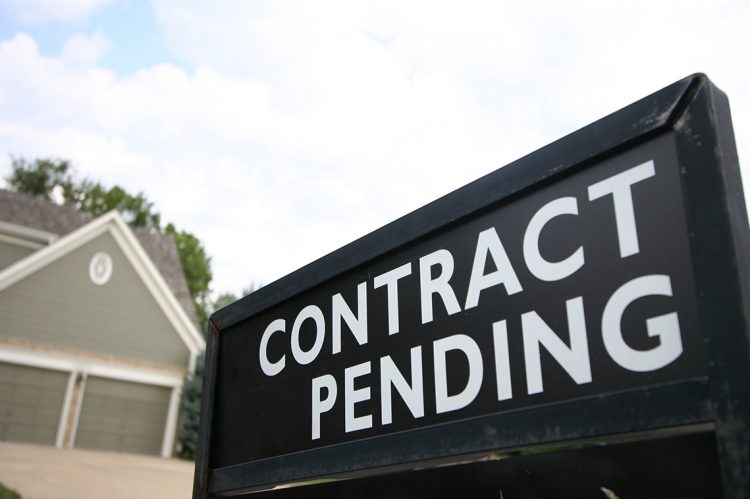The tug of war between ongoing inventory challenges in the existing-home market and homebuyer interest hasn’t let up. According to the latest data from the National Association of REALTORS® (NAR), pending home sales remained subdued in April amid persistent strains on consumers.
NAR’s Pending Home Sales Index (PHSI), a forward-looking indicator of home sales based on contract signings, remained unchanged last month, at 78.9. This comes after contract signings dipped 5.2% in March, marking the first decline since November 2022.
Annually, contract signings dipped 21.4%. An index of 100 is equal to the level of contract activity in 2001.
In addition, three U.S. regions posted monthly losses, while the Northeast increased. All four regions saw year-over-year declines in transactions.
Regional Breakdown:
Northeast
-11.3% MoM — Now 59.1 PHSI
-21.8% YoY
Midwest
+3.6% MoM — Now 78.4 PHSI
-21.4% YoY
South
+0.1% MoM — Now 99.6 PHSI
-16.7% YoY
West
+4.7% MoM — 62.2 PHSI
-26% YoY
The takeaway:
“Not all buying interests are being completed due to limited inventory,” said NAR Chief Economist Lawrence Yun. “Affordability challenges certainly remain and continue to hold back contract signings, but a sizeable increase in housing inventory will be critical to get more Americans moving.
“Minor monthly variations in regional activity are typical,” said Yun. “However, cumulative results over many years clearly point towards a much greater number of home sales in the South.
“The South’s pending home sales activity is similar to that of 2001, but the Midwest’s activity has decreased by 22% in that same period, and the Northeast and West regions are both about 40% lower than they were in 2001,” Yun concluded.
“The housing market looks different than it does during a typical spring when the market is usually in full gear,” said Bright MLS Chief Economist Dr. Lisa Sturtevant. “Elevated mortgage rates and economic uncertainty, along with still-low inventory, means that new pending sales were down more than 20% from a year ago and were lower even compared to 2019 levels.
“The average rate on a 30-year fixed-rate mortgage is 1.5 percentage points higher than it was a year ago, and home prices are still on the rise in many markets, which has increased the monthly payment for a typical homebuyer and pushed some would-be buyers out of the market altogether.
“A big wildcard in the housing market right now is the debt-ceiling debate. While it would be unprecedented if an agreement is not reached and the government defaults on its debt, mortgage rates likely will spike, which could significantly reduce homebuyer demand. Even the extended negotiations are beginning to rattle markets and bring down consumer confidence.
“Between the debt limit impasse and the next meeting of the Federal Reserve, all eyes will be on Washington. The strength of the summer housing market could be dictated by the actions that the government and the central bank take—or fail to take—over the next two weeks,” Sturtevant concluded.
“Because pending home sales or contract signings are the first major step in a home sale transaction, today’s index signals that the market faces continued headwinds from low inventory and affordability,” said realtor.com® Chief Economist Danielle Hale. “Although buyers, sellers and builders are all more optimistic about the housing market, asking home price growth is easing, and the typical home sales price is slipping. These point to the nudge that buyers need to act on their improving outlook.
“Of note, pending home sales ticked up in all regions except the Northeast, which saw a sizable 11.3% drop. In the West, where home prices have recently been weakest, pending home sales rose the most, up 4.7% from March. Despite this month’s improvement, contract signings in all four regions lagged behind the year-ago pace by roughly 17% to 26%.
“So far, homebuyer interest has held up reasonably well despite expected economic slowing, as we near the end of the Fed’s tightening cycle and a new wildcard in the U.S. debt-ceiling negotiation. With uncertainties looming, potential buyers have a lot to consider. My expectation is that an agreement is reached to end the U.S. debt stalemate, and existing-home sales will continue to muddle along while the new homes market, which is relatively better supplied, will outperform. For homeowners considering a sale, today’s data shows that buyers are still shopping, but the varied regional performance suggests that pricing a home well is important,” Hale concluded.













